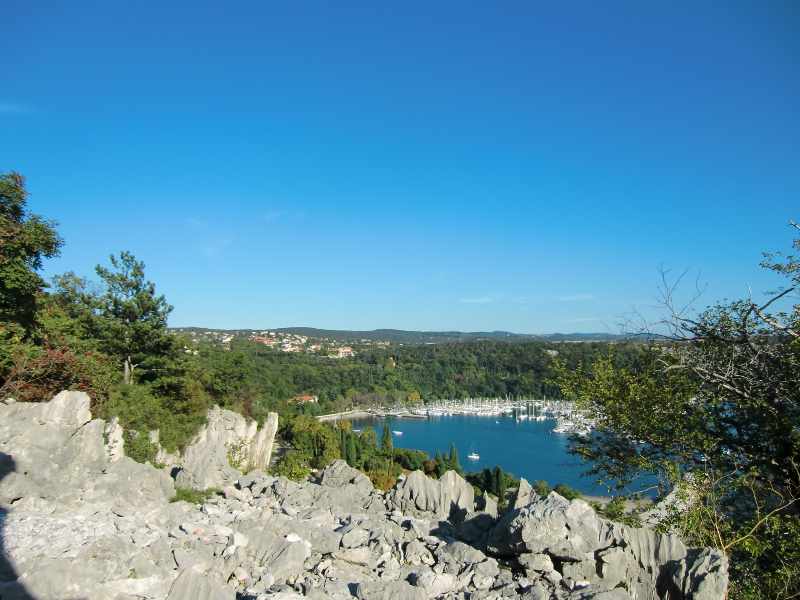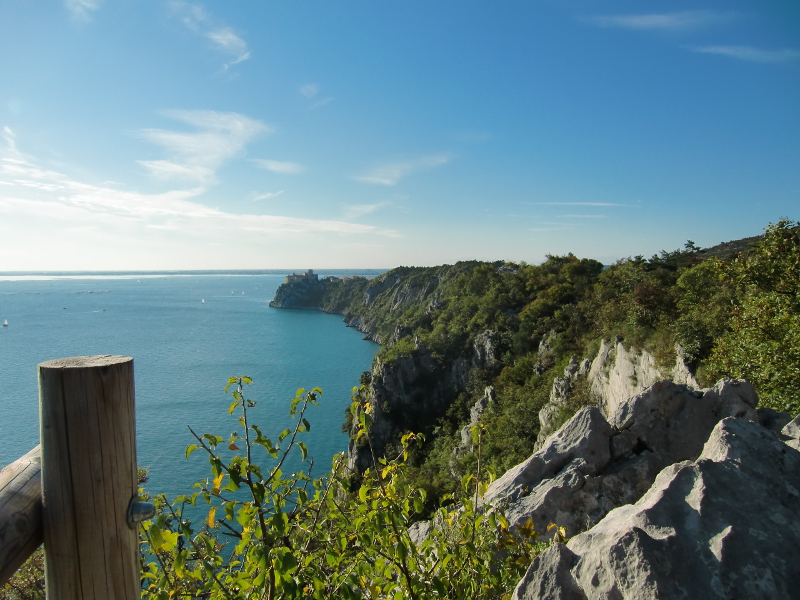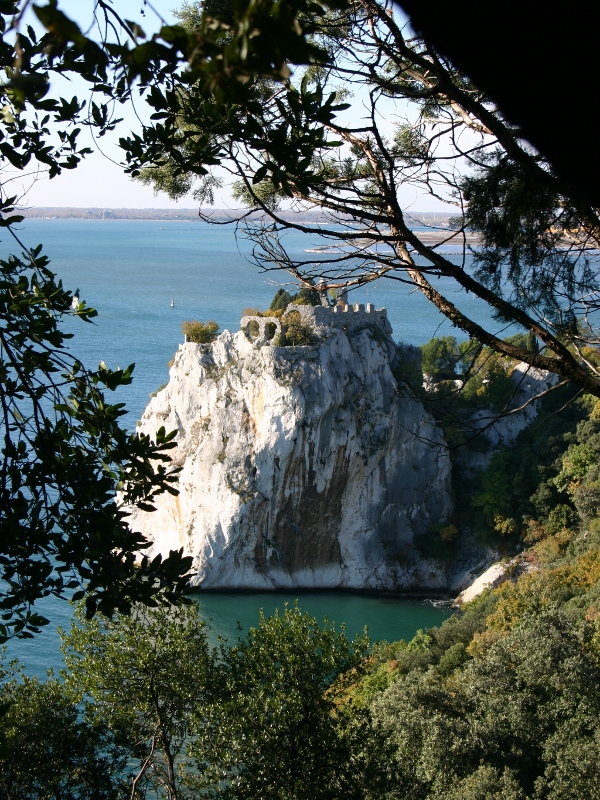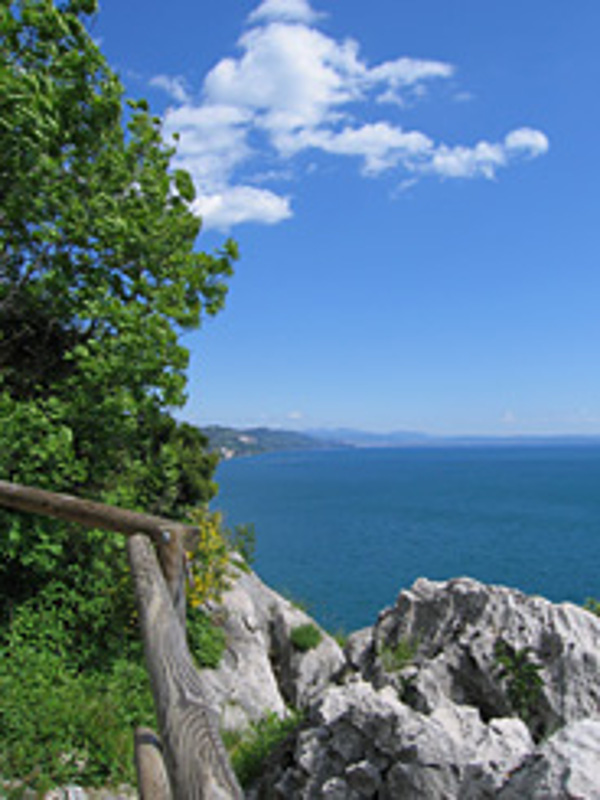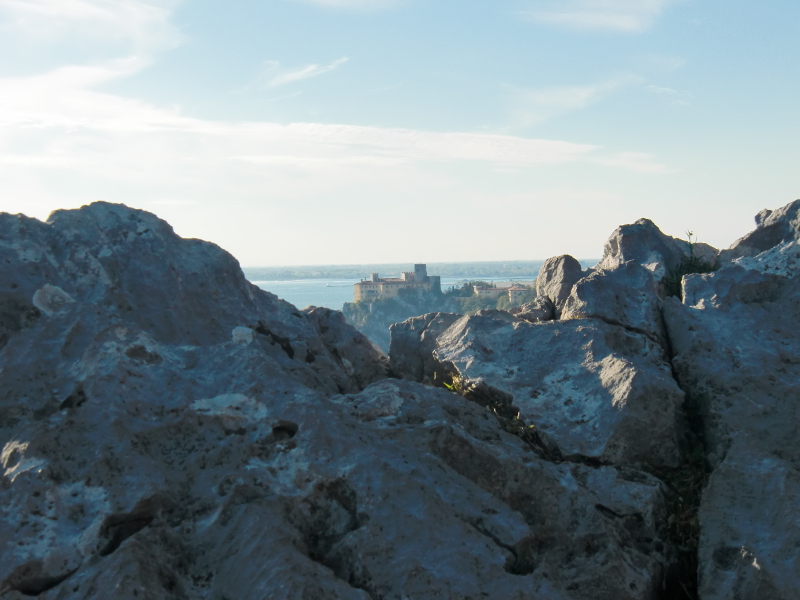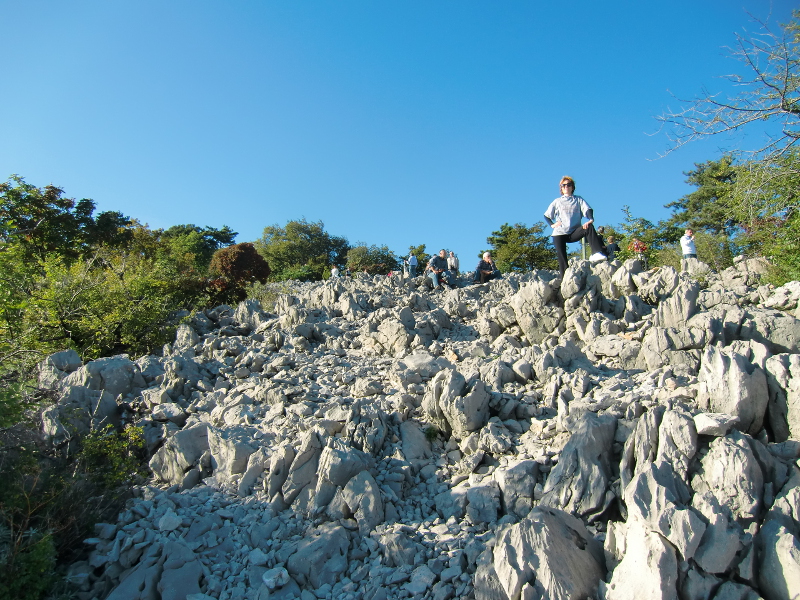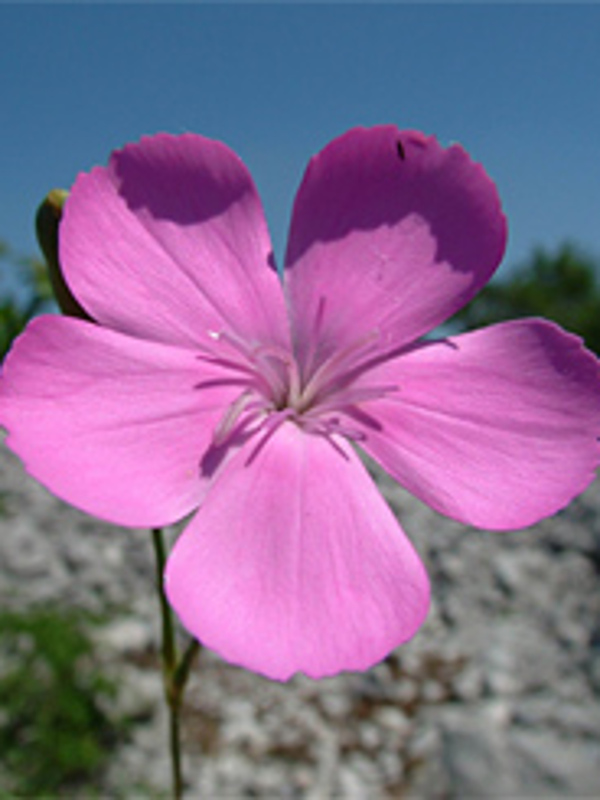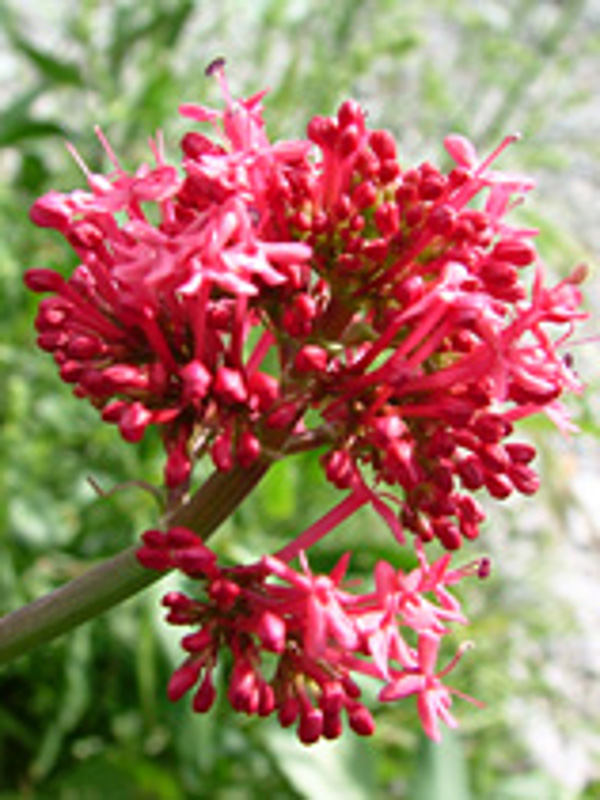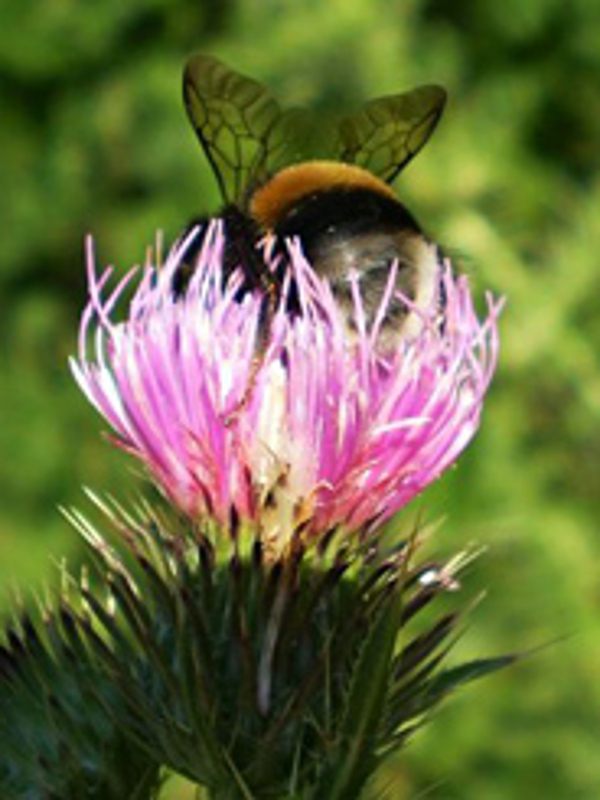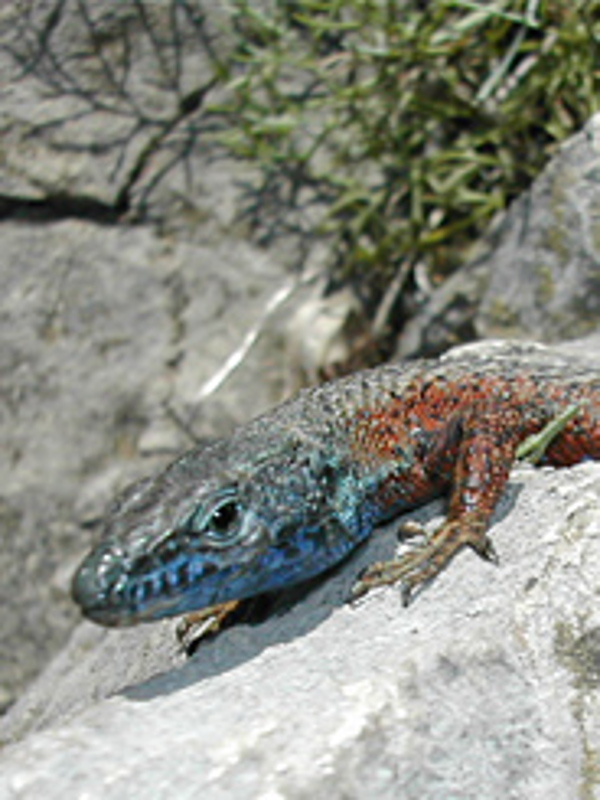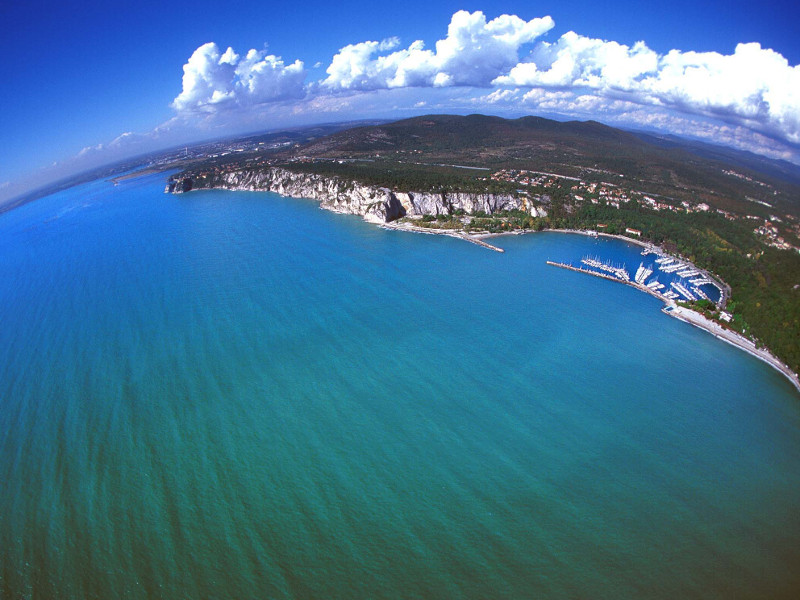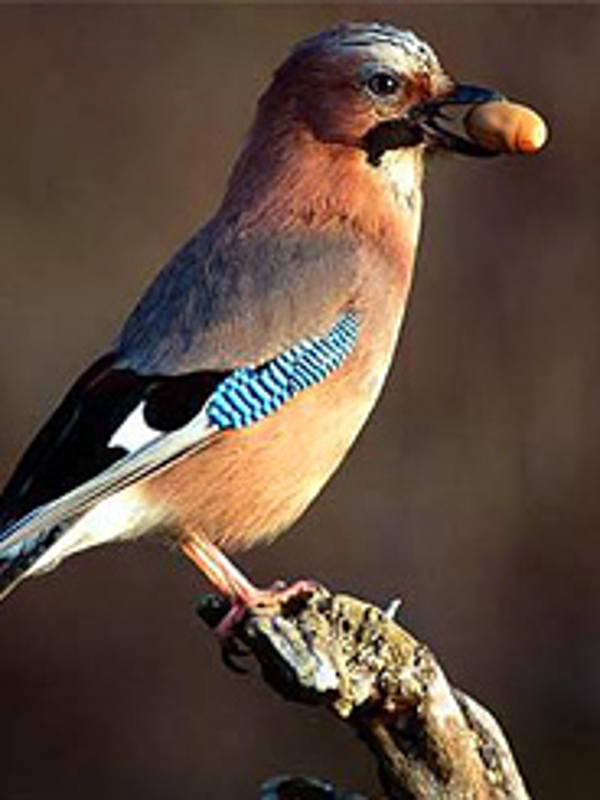Riserva Naturale delle Falesie di Duino
Protected Area
Identity Card
- Land Surface Area: 107.00 ha
- Regions: Friuli Venezia Giulia
- Provinces: Trieste
- Municipalities: Duino Aurisina
- Establishment Measures: LR 42, art. 49 30/09/1996
- PA Official List: EUAP0982
- Park Authority: Comune di Duino Aurisina (organo gestore)
Further information: www.regione.fvg.it
The Nature Reserve
The Duino Cliffs Regional Nature Reserve was established with Regional Law no. 42 of the 30th September 1996. It includes a steep calcareous coastline, a narrow belt of the karst upland and the opposite marine belt over a surface of 107 hectares. It belongs to the municipality of Duino - Aurisina (obcina Devin - Nabrezina), and is under the jurisdiction of the Duino - Aurisina Forestry station.
The Nature Reserve is situated in an area of great nature interest. Along Trieste's coastline, which the Reserve belongs to, it occurs the passage from the Central European bio-geographical supremacy to the Mediterranean one.
Further information (Italian text)
Protection
The area of the Duino cliffs is one of the areas identified by the national law no. 442/1971 (known as "Belci" law) as environment of particular nature value and thus proposed as protected area.
In 1978 the cliffs were included within the safeguard field called "F.4 Lembo costiero" (F.4 coast strip), provided by the general regional urban plan which suggested the establishment in the region of 76 protection areas and of 14 regional parks, which was not however implemented. The Falesie di Duino regional nature reserve was established with the regional law no. 42 of 1996 article 49, and it includes the area which was already provided by the Belci law. According to the regional law 42/96 article 3, a Regional nature reserve includes a territory characterized by many natural features and in which the conservation purposes prevail. The same law, article 55, also provides the establishment of a protected natural area in the Karst region, of national and international significance, where also the Falesie di Duino Regional nature reserve will be included. The Falesie di Duino Regional nature reserve, together with the land area of the Sistiana bay, has been also proposed as Site of Community Importance (SCI).
Further information (Italian text)
Geomorphology
The limestone of the Duino cliffs developed in the Cretaceous (about 100 million years ago), when plankton animals' shells sedimented on the sea bottom. The sea bottom slowly turned to stone and, about 30 million years ago, it rose due to the pressure and movements of the earth's crust, so it emerged. By rising, the stone layers bent or rose vertically, as it occurred in the area of the present coastline of Trieste.
By walking the Rilke path in the Duino cliffs, it is possible to observe the vertical rock layers along the coast below, some of which appearing as single towers.
The limestone, once exposed to the atmospheric agents, is subject to dissolution phenomena and, depending on its composition, it melts or shatters. In fact, between the vertical layers and the smooth walls, it is possible to observe some screes made of materials of different size deriving from the shattering of the rocks above.
Further information (Italian text)
Vegetation
The Reserve features two main environments:
a) the area of the cliffs with rock faces and screes
b) the flat area on the upland.
The two environments differ one from the other both for their climates and for the soil conditions.
The part of the Reserve on the upland is much colder since it is exposed to the cold wind called "bora", which blows from east-northeast. The part of the cliffs is warmer, because it is exposed southwards towards the sea and leeward. As a consequence, the two environments feature different kinds of vegetation. On the warmer cliffs we can find a mediterranean vegetation, whereas in the flat area there is a black pine wood of artificial origin with species of the Illyrian-Balkan vegetation (coming from east) which is widespread all over the Karst region's upland.
The passage from one environment to the other is situated along the ridge of the cliffs, where the Rilke path has been realized. From the path is thus possible to observe both types of vegetation, their meeting and merging.
The two environments differ one from the other also due to the type of soil. The area of the cliffs is characterized by vertical or sloping rocky walls, rocky towers and screes. This soil has a low water and soil content, therefore it is subject to an intense exposure to the sun in summer. The flat area on the upland has a more developed soil which holds more humidity due to the protective action of the black pines' crowns. As a consequence, a woody vegetation developed here, whereas on the cliffs there are only some woody stretches alternating with screes that are scarcely covered with herbaceous vegetation.
Further information (Italian text)
Animals
The fauna present in the Reserve is also of great interest thanks to the presence of environments that are very different one from the other from the ecological point of view. The reptiles, such as lizards and snakes, are mainly present in the rocky belt. The land mammals, such as the squirrel and other rodents, prefer the woodland and the pinewood, whereas cetaceans (water mammals), such as the common bottlenose dolphin (Tursiops truncatus) or the striped dolphin (Stenella coeruleoalba), have been sighted in the sea in front of the Reserve.
Birds live all over the Reserve's territory: more than 150 species have been observed - most of them are migratory birds - and they stop at the Reserve to rest and to eat. The resident bird species nest on the rocks or in the wood.
Download the publication on the Fauna of the Falesie di Duino Nature Reserve
Further information (Italian text)
The sea
The sea of the cliffs' rocky coast is some meters deep. With such a low depth the sunlight can easily filter in through the water, and this allows the growth of many plant species, both seaweeds and higher plants (phanerogams), that adapted to the life in the sea. There are many benthic animals (living attached or tied to the sea bottom), such as the sponges, the sea anemones, the mollusks. There are also many benthic fish species, such as the Combtooth blennies (family Blenniidae), the gobies (family Gobiidae), the wrasses (family Labridae), and the painted comber (Serranus scriba). The rocky coastal areas are usually inhabited by well-swimming fishes, such as the several species of sea breams (family Sparidae) and by the European sea bass (Dicentrarchus labrax).
Further information (Italian text)
The rocks
The cliffs and the debris sediments are the ideal environments for reptiles, that find in the rocks a large space to warm themselves in the sun, but also many cracks where they can shelter in case of need. Among the snakes there are the Aesculapian snake (Elaphe longissima), the green whip snake (Coluber viridiflavus) and the horned viper (Vipera ammodytes). Among the lizards there are the common wall lizard (Podarcis muralis) and the Italian wall lizard (Podarcis sicula). The most common reptile can be easily observed in the cliffs: it is the blue-throated keeled lizard (Algyroides nigropunctatus), a dark-brown lizard with small black spots.
The hot rocky walls are also ideal for the nesting of some bird species linked with the mediterranean environment.
Further information (Italian text)
The woodland and the pinewood
The woodland and the pinewood are the richest areas as far as the presence of the animals is concerned. Those that are easier to sight are birds, especially those belonging to the order Passeriformes. The most widespread is the common chaffinch (Fringilla coelebs).
In the woodland there are also the tits, such as the great tit (Parus major) and the Eurasian blue tit (Parus coeruleus). In the pinewood there are the coal tit (Parus ater) and the European crested tit (Parus cristatus). In both of the environments it is possible to observe the Eurasian jay (Garrulus glandarius).
The pinewood is also the habitat of the red squirrel (Sciurus vulgaris), an animal which adapted to live on the trees, becoming a good climber and jumper.
Further information (Italian text)


